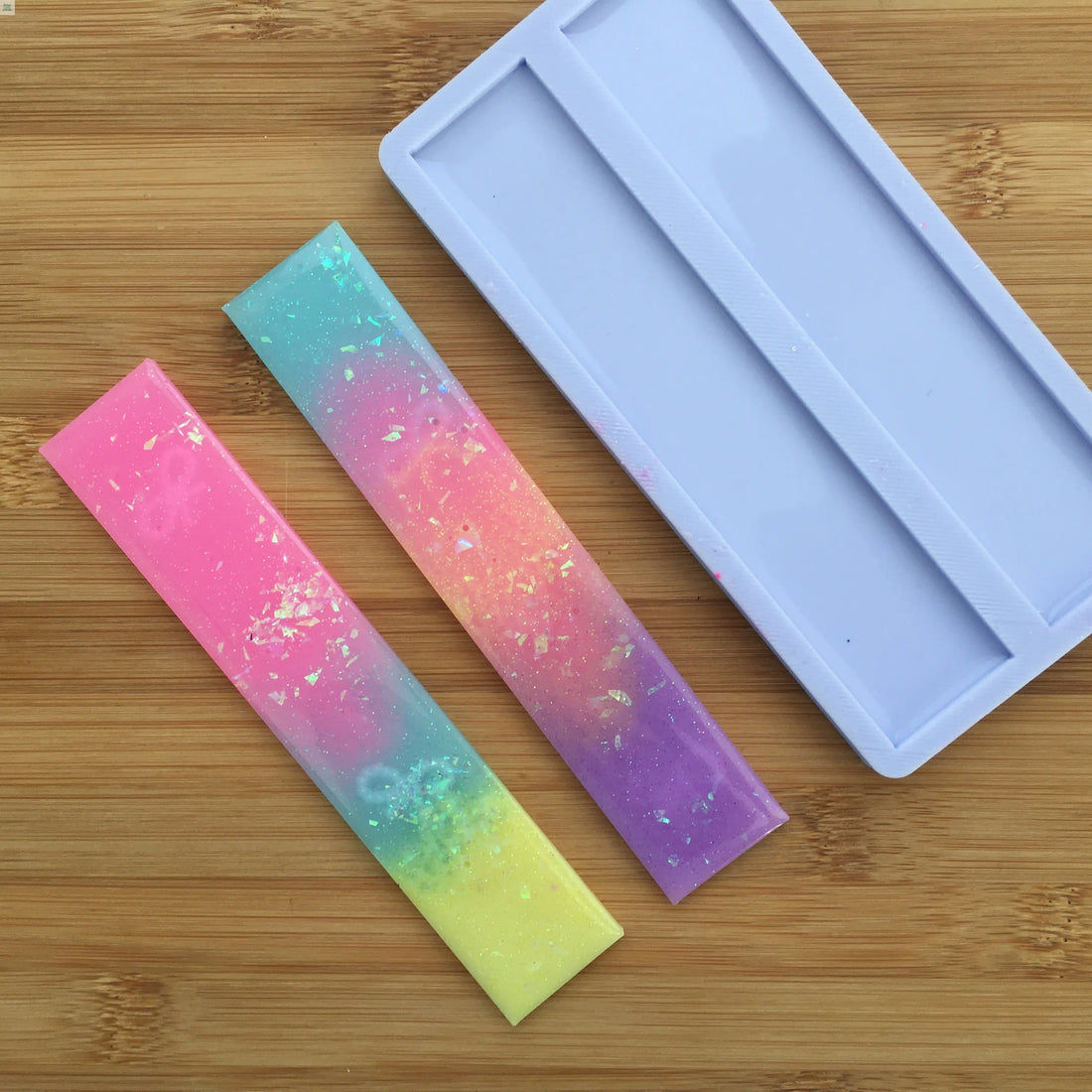
How does warm weather affect resin?
Share
Overall, working with resin in high temperatures can be challenging and may require adjustments to your working methods and techniques to achieve the desired results. Warm weather can have several effects on resin, particularly on the curing process. Warm weather can affect resin in the following manners:
-
Accelerated curing time: Warm temperatures can accelerate the curing time of resin, which means that it may set and harden more quickly than it would in cooler temperatures. This can be beneficial if you need to work on a project quickly, but it can also make it more difficult to control the curing process.
-
Shorter working time: Warm temperatures can also shorten the amount of time you have to work with the resin before it starts to harden. This means that you may need to work quickly to avoid the resin setting before you're finished with your project.
-
Potential for bubbles: During warm temperatures you may not get the opportunity to remove air bubbles if the resin sets too quickly.
-
Potential for yellowing: Resin that is exposed to prolonged periods of warm temperatures can sometimes yellow over time. This can be caused by a number of factors, including exposure to UV light, humidity, and other environmental factors.
The ideal temperature to work with resin can vary depending on the specific type of resin you are using. However, most resin manufacturers typically recommend working at a temperature between 70°F to 80°F (21°C to 27°C).
Working at temperatures that are too low can cause the resin to take longer to cure and can result in a tacky or sticky surface. Conversely, working at temperatures that are too high can cause the resin to cure too quickly, which can result in cracking or other defects in the finished product.
It's important to note that different types of resin may have different temperature requirements, so it's always a good idea to consult the manufacturer's instructions and recommendations for the specific resin you are working with.
What happens to the resin when working in high temperatures?
When working with resin in high temperatures, several things can happen that can affect the outcome of your project:
-
Faster curing time: Heat can accelerate the curing process, causing the resin to cure faster than expected. This can reduce the working time and make it more difficult to achieve the desired results.
-
Thinner consistency: Higher temperatures can cause the resin to become thinner and runnier, making it more difficult to control and resulting in a thinner coat or uneven coverage.
-
Air bubbles: Warm temperatures can cause air bubbles to form in the resin as it cures, making it more difficult to achieve a smooth and even finish.
-
Yellowing: Some types of resin can yellow or discolor when exposed to high temperatures, which can affect the appearance of the finished product.
-
Weaker bond: High temperatures can cause the resin to cure too quickly, which can weaken the bond between the resin and the surface it is applied to.
Tips for working with resin during summer or warm weather
-
Keep your resin in a cool, dry place: Heat can cause the resin to cure faster, so it's important to store your resin in a cool, dry place away from direct sunlight.
-
Work in a temperature-controlled environment: If possible, work in an air-conditioned room to help control the temperature and humidity. Avoid working in direct sunlight or in areas that are too hot or humid, as this can affect the curing process.
-
Choose a resin with a longer working time: Some resins have longer working times than others, which can be helpful in warmer temperatures where the curing process may be accelerated. Check with the manufacturer to see if they offer a resin with a longer working time that is suitable for your project.
-
Mix smaller batches: Mixing smaller batches of resin can help reduce the heat generated during the curing process, which can help prevent the resin from curing too quickly.
-
Work quickly and efficiently: In warmer temperatures, resin will cure faster, so it's important to work quickly and efficiently to avoid any issues with the curing process. Have all your materials and tools ready before you start, and work in a methodical and organized manner to help minimize mistakes and wasted time.
Working with resin in warm weather can have some advantages, depending on the type of resin and the specific project you are working on. Some potential benefits of working with resin in warm weather are:
-
Faster curing time: As mentioned earlier, higher temperatures can accelerate the curing process, causing the resin to cure faster than expected. This can be an advantage in some cases where you need the resin to cure quickly.
-
Thinner consistency: Warm temperatures can cause the resin to become thinner and more fluid, which can be helpful if you need the resin to flow into small or intricate details in your project.
-
Lower viscosity: High temperatures can cause the resin to have a lower viscosity, which can make it easier to mix and apply. This can also result in a smoother finish and fewer air bubbles.
-
Improved clarity: Some types of resin can have improved clarity when cured in warmer temperatures, resulting in a clearer and more transparent finish.
